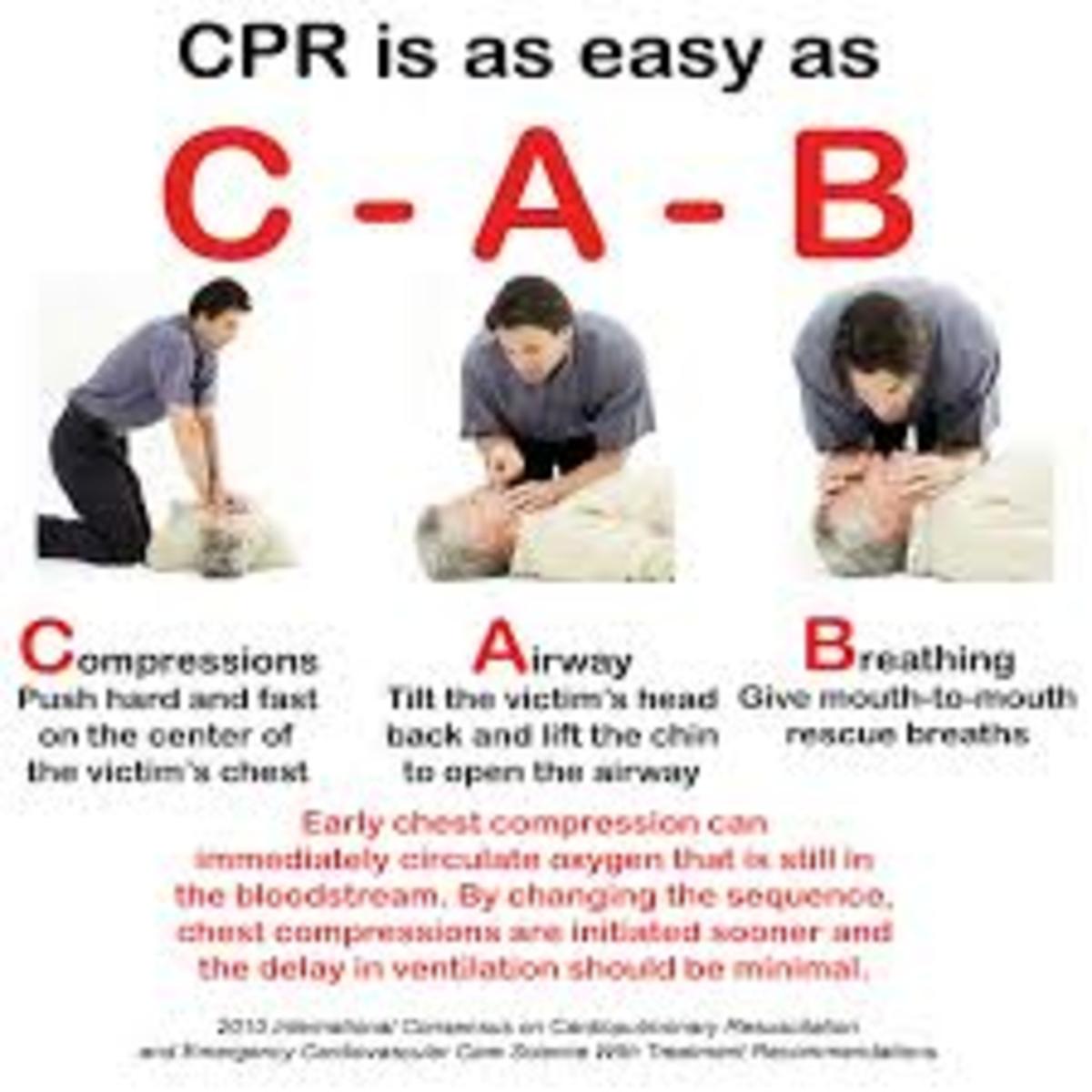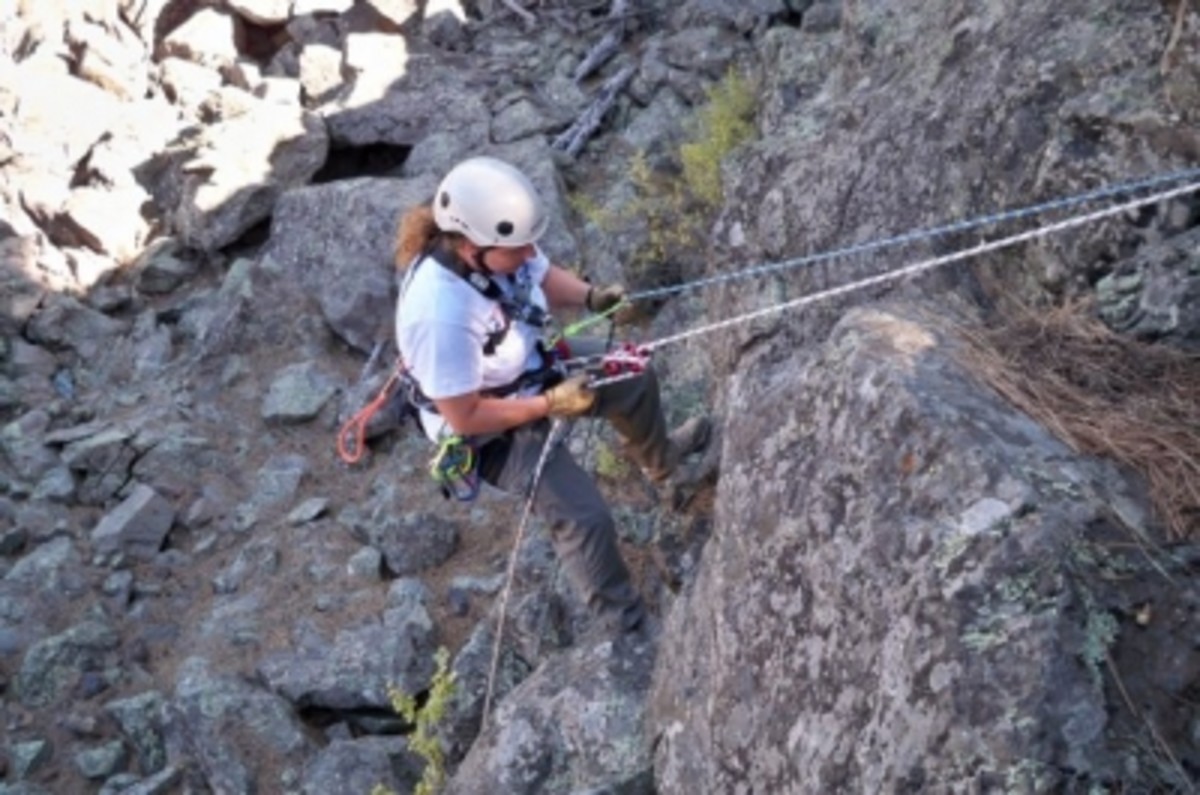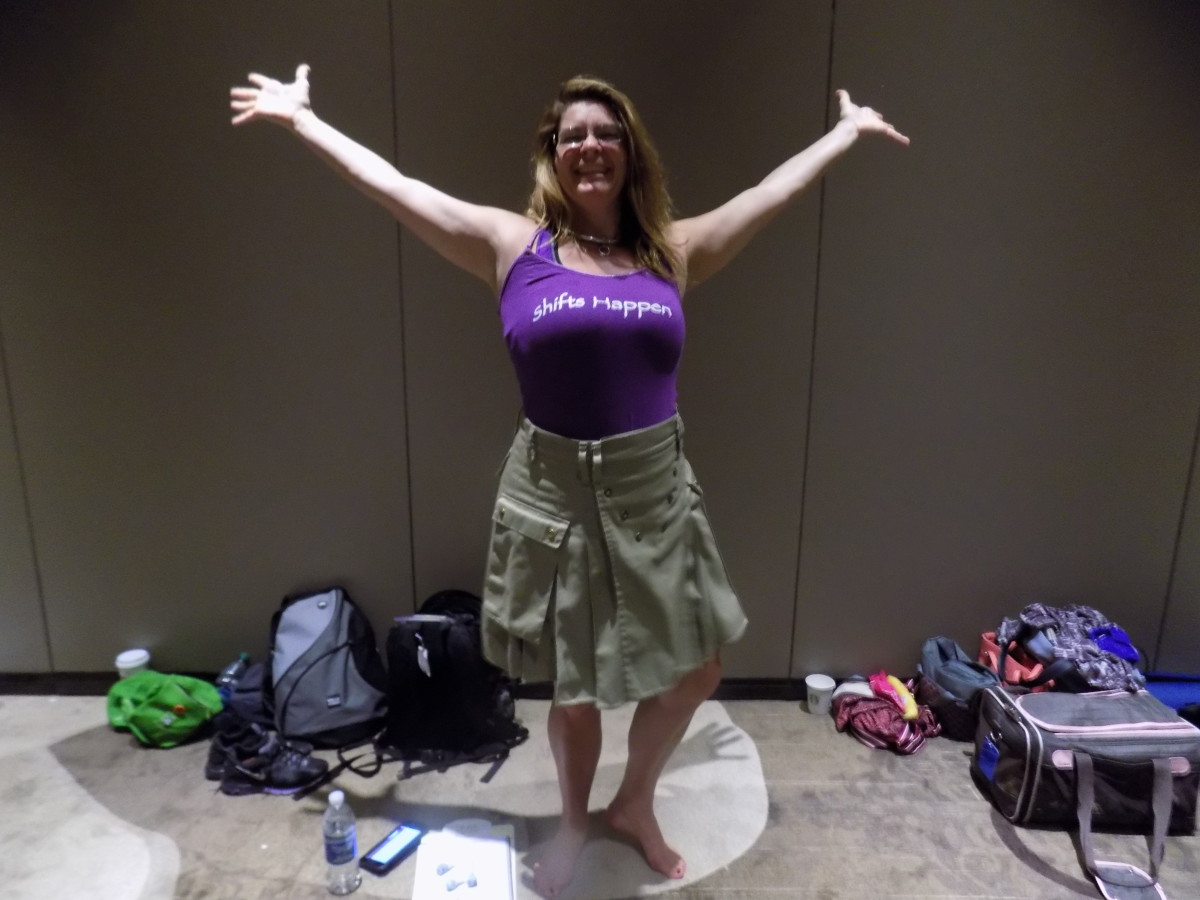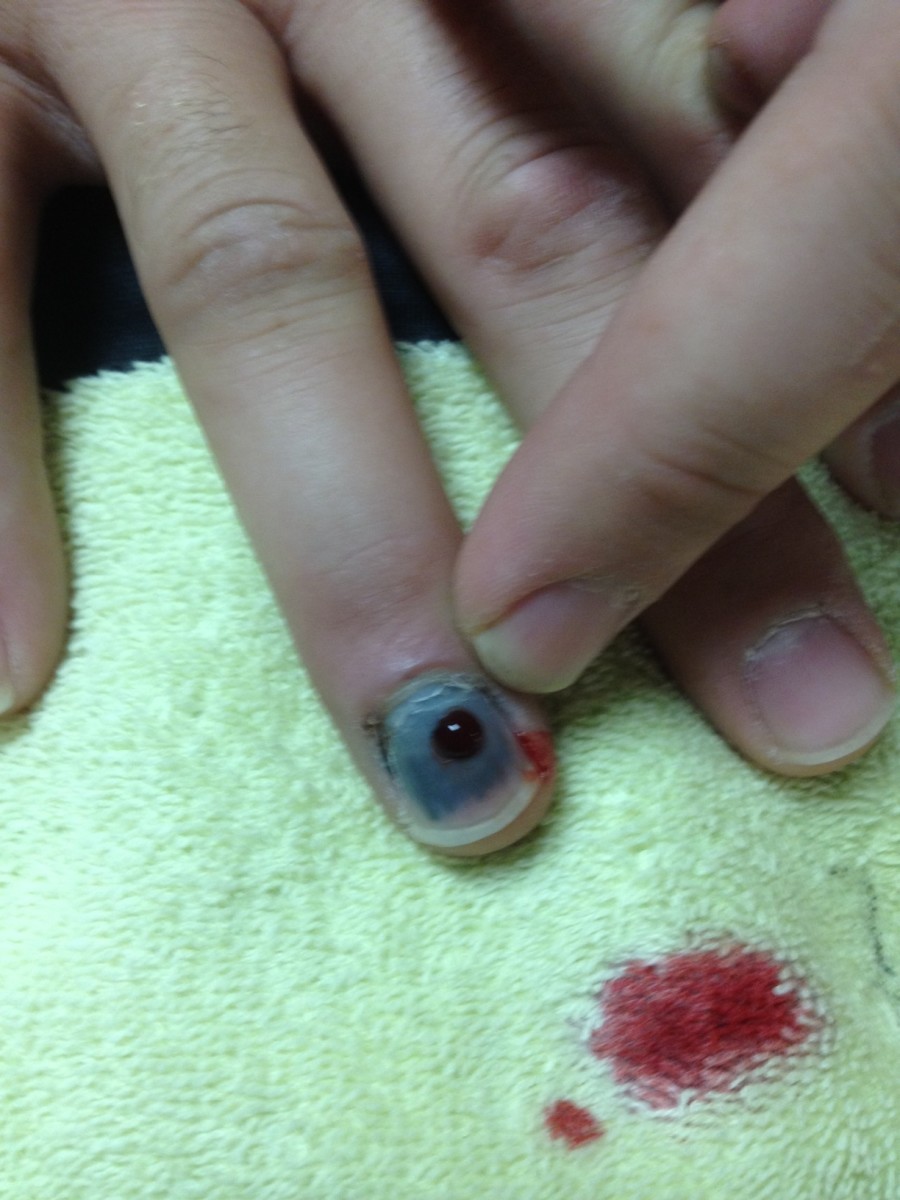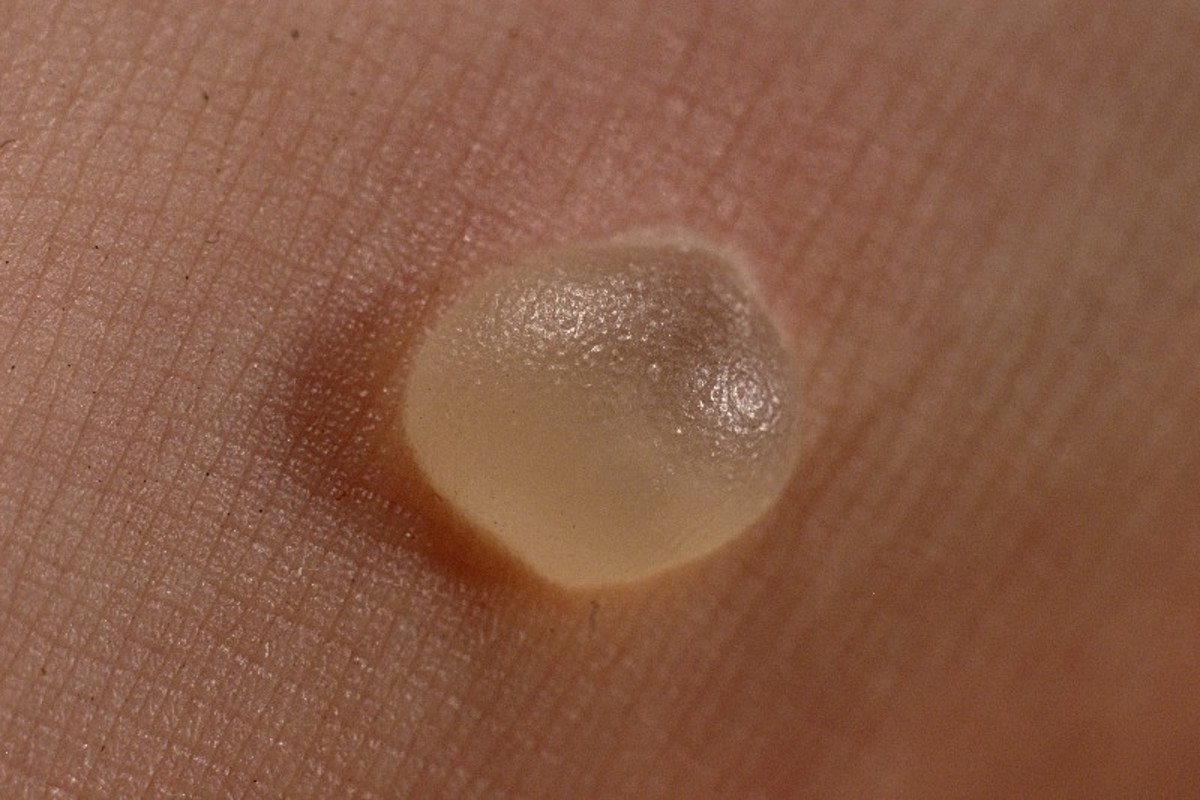Cardiopulmonary Resuscitation (CPR) – for lay rescuer
Cardiopulmonary Resuscitation
“…The most important determinant of survival from sudden cardiac arrest is the presence of a bystander who is ready, willing, able, and equipped to act”
- Resuscitation is most successful if defibrillation is performed within 5 minutes after victim collapse.
- Without CPR, the survival rate reduced 7-10% every minute.
- CPR plus defibrillation(shock) within 3 – 5 minutes produce survival rates as high as 49-75%
- In many communities, the time interval from EMS call to EMS arrival is 7 – 8 minutes or longer.
- This means that in the first minutes after collapse, the chance of survival of the victim is in the hands of bystanders.
- Many of them can survive if bystanders act immediately while ventricular fibrillation (VF) is still present, but successful resuscitation is unlikely once the rhythm deteriorates to asystole.
- About 75-80% of all out-of-hospital cardiac arrests happen at home, so being trained to perform CPR can save the life of your loved one.
- Effective bystander CPR provided immediately after cardiac arrest can double a victim’s chance of survival.
- The interventions that unquestionably contribute to improved survival after cardiac arrest are
- Early defibrillation for VF/ pulseless VT( ventricular tachycardia)
- Prompt effective bystander BLS
Steps of CPR
Mnemonic: DR ABCD
D – Danger
R – Response
A – Airway
B – Breathing
C – Chest compression
D – Defibrillation
Danger
Remove the danger from the victim, ie. move the victim from center of road to roadside.
Response
Gentle shaking the victim and call him to see any response. If there is no response, Call 999 and return to the victim.
Airway
Head tilt, chin lift to see any foreign body inside the mouth & try to remove it with careful.
Breathing
Look for chest rise, feel and listen for breathing, If there’s no breathing, give 2 rescue breaths by pinch nose and cover the mouth fully with your mouth and blow until you see the chest rise. Each breath should take 1 second.
Chest compression
For lay rescuer, do not check for sign of circulation but start the chest compression immediately after giving 2 rescue breaths. Compress the chest 1½ to 2 inches 30 times right between the nipples. Compress at the rate of 100/minute.
Continue with 2 breaths and 30 compressions until help arrives.
Defibrillation
Use automated external defibrillator (AED). For adult and children 8 years old & older, use adult pads, do not use child pads or child system. For children 1-8 years old, use child pads/ system if available, if not, use adult AED and pads. Defibrillation is not recommended for infant less than 1 year old.
What is effective rescue breath?
· Take a normal (not a deep) breath before giving a rescue breath to the victim. Each rescue breath should be given over 1 second and should produce visible chest rise. If the victim’s chest is not rise after giving the 1st rescue breath, perform the head tilt, chin lift again before giving the 2nd rescue breath. All rescuers should give the recommended number (2) of rescue breaths. Avoid delivering too many breaths or too forceful as it may be harmful by reduce the blood flow generated by chest compressions. Besides that, it may cause gastric inflation and its complications.
What is effective chest compression?
Effective chest compressions produce blood flow during CPR
· To give effective chest compressions, all rescuers should “push hard and push fast.” Compress the chest at a rate of about 100 compressions per minute for all victims (except newborns- less than one week old baby).
· Allow the chest to recoil (return to normal position) completely after each compression.
· Try to limit interruptions in chest compressions. Every time you stop chest compressions, blood flow stops.
· When cardiac arrest is present, there is no blood flow. Chest compressions create a small amount of blood flow to the vital organs, such as the brain and heart.
· The better the chest compressions is performed (ie, with adequate rate and depth and allowing complete chest recoil), the more blood flow can be produced.
· Blood flow stops when chest compressions are interrupted. Every time chest compressions begin again, the first few compressions are not as effective as the later compressions. The more interruptions in chest compressions, the worse the victim’s chance of survival.
How to perform chest compression in children/infant?
· For children, use 1 or 2 hands to perform chest compression at right between the nipples as in adult.
(2 hand: heel of 1 hand, 2nd hand on top, 1 hand: heel of 1 hand only)
· For infant, compress with 2 fingers at the breastbone just below the nipple level.
· For adult, use 2 hands.
How deep should I compress?
· 1.5-2 inches for adult and children 8 years old & older.
· Half the depth of the chest for children 1-8 years old & infant.
Is the compression-ventilation ratio different for different ages of victim and number of rescuer?
· For lay rescuer, it is one universal compression-ventilation ratio of 30:2 for all victims
· But for health care provider (well trained), the ratio is different as shown below:
1. Age of victim- Compression-ventilation ratio
2. Adolescent & older - 30:2 (1 or 2 rescuers)
3. Infant – adolescent: 30:2 (1 rescuer) or 15:2 (2 rescuers)
What should I do if the victim is choking?
· Ask the victim to cough/ vomit out the foreign body. If failed, perform abdominal thrust for children & adult victim. Whereas, perform back slaps & chest thrust for infant.

